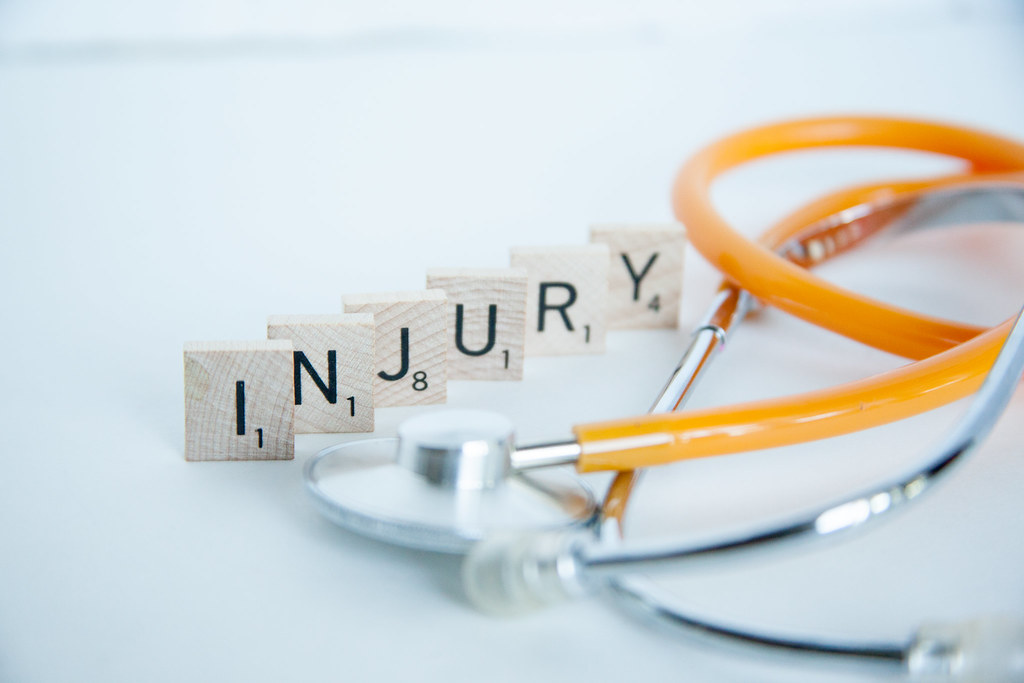Rock Climbing Injuries
If you ended up on this page you are probably experiencing a climbing injury. Most likely the injury is either in the Shoulders, Elbows, or Fingers.
Rock climbing is hard on the body. We as climbers try to push our bodies to the limit and sometimes an injury can occur.


Follow the details below to get better fast!
That being said, if by some miracle you are 100% health then you are one of the lucky ones! Follow the guide below for information on how to stay injury free.
Chronic vs Acute Injuries
There are two main categories that an injury can be described by, chronic and acute.
Chronic injuries develop over a long period of time, whereas, Acute injuries happen in an instance.


All things considered, these categories are not purely independent. Most of the time an Acute injury can just be the “straw on the camels back” for a long developed chronic injury.
Anotherwords, if an injury has been developing unnoticed for some time and the area is subjected to a sudden, abnormal amount of stress, this would be considered at a hybrid injury.
Most injuries related to climbing are some type of hybrid. This means that prevention during and after recovery is paramount.
Preventing Climbing Injuries
Preventing further climbing injuries is very important to a full recovery. Knowing what to do to keep yourself healthy will help you become a stronger climber.
An injury is often a product of doing the same move too many times without proper rest. If you are projecting something at your limit you are very susceptible to injury. Knowing when to push and when to take a break is a skill that all climbers have to learn eventually.
On the other hand, some injuries occur due to bad technique. Injuries resulting from bad technique most commonly happen in the shoulders or fingers/pulleys.
Most of the time, a poor foot placement can cause your foot to blow and cause a sudden, extreme load to be put on your fingers. This often happens during a difficult crux move so foot placement is oftentimes overlooked as the cause of injury.
Also, not understanding how to properly engage your shoulders before at hard move can cause anything from dislocation to tendon tears. Climber are famous for have poor posture and this can cause issues with your rotator cuffs.
Make sure to always keep your shoulders back and your head erect. This is a common problem with people who have desk jobs. Sitting and looking at a computer screen all day can cause more damage than you think. Try these yoga stretches to keep yourself limber and your posture correct.
Furthermore, improving posture and technique will help keep you healthy, as well as make you an overall better climber. It may take some time and work but prevention is the best treatment for any climbing injury.
Recovering from a Climbing Injury
Arguably, recovering from an injury is the hardest thing a climber can have to do. Not only is it a physical battle but also a mental battle.
The number one way to help you heal is to rest, yes that means no climbing for awhile.
How long is awhile, you may ask. Well, that is hard to say. Anything less than 5 days is insignificant and anything longer than 2 months is probably too much. This should still be evaluated on a case by case basis, potentially by a doctor if the injury is severe enough.
That being said, stopping climbing cold turkey can do more harm than good. Although, finding a balance of climbing without irritating an injury is easier said than done.
As a rule of thumb, if you are injured you should be climbing thing no more than 3 grades below your normal limit. For example, if you climb V6 try to stick to things that are V3 and under. Make sure to focus on using perfect technique while climbing.
In any case, taking a good weeks rest after the initial injury is always the safest bet. Always use caution in the first couple days after the injury occurs.
Don’t Give Up
Whatever you do make sure to keep your psych up. Getting back to 100% can take longer than you wish, but you will get there eventually.
Surround yourself with good vibes and good people. Always keep yourself in a positive mindset and you will come out the other end stronger.
Check out this article for some extra motivation.
As always, happy sending.
Owner and Operator of Every Last Rock. He is dedicated to spreading the Stoke about all things climbing. Often found Bouldering around the US and obsessively training.
